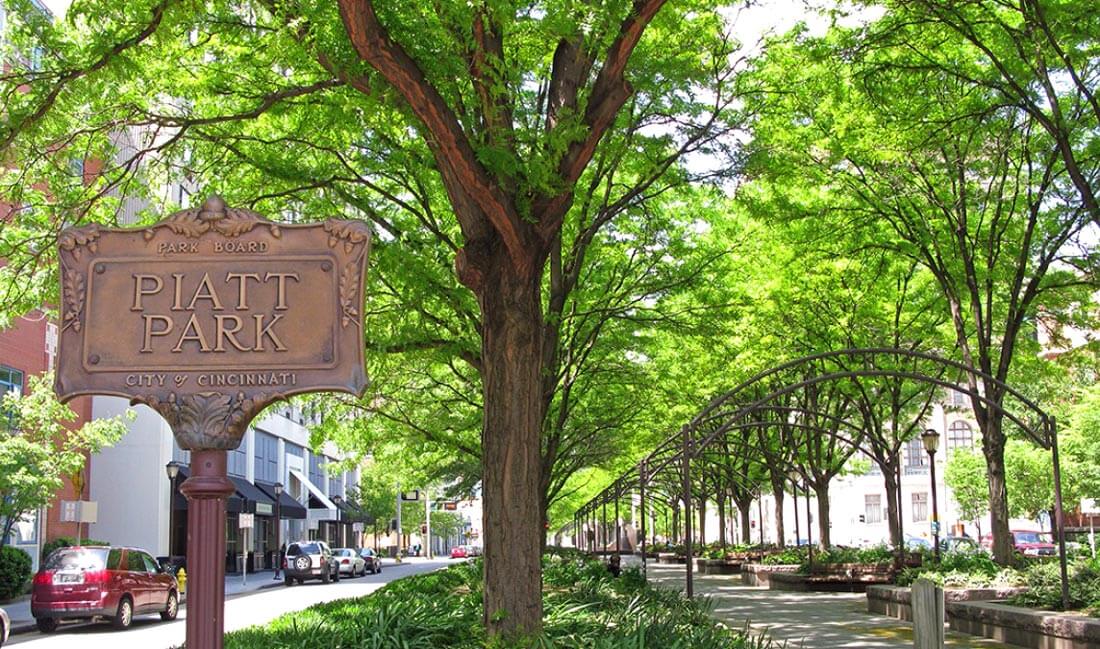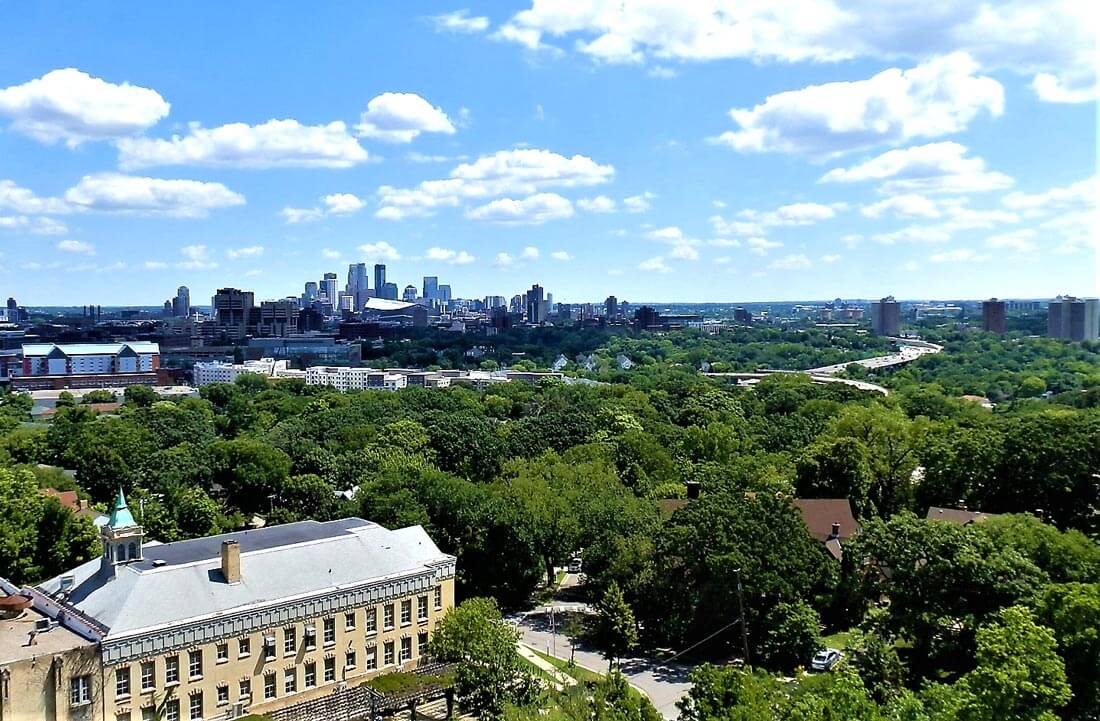Trees are a very important part of a healthy lifestyle1 in a city. Studies have shown they reduce the heat island effect, and clean the air, and people living in green cities are less stressed and generally happier living in a city with lots of trees.
When researching which cities have the most trees, there were a few ways to measure it. We could have gone by a raw number of trees (Somewhere in the state of Alaska would win every time), but cities are different sizes and densities, so we thought the best way to go would be to list cities with the most trees per capita or physical size.
Minneapolis is at the top of the pile with 9,833 trees per capita2, followed closely by Kansas City and Cincinnati with 8,672 and 6,292 respectively.

What we cover
ToggleList of cities by tree coverage per capita
| # | City | State | Tree Cover Per Capita |
|---|---|---|---|
| 1 | Minneapolis | Minnesota | 9,833 |
| 2 | Kansas City | Missouri | 8,672 |
| 3 | Cincinnati | Ohio | 6,292 |
| 4 | Washington | District of Columbia | 5,866 |
| 5 | Nashville | Tennessee | 5,360 |
| 6 | Louisville | Kentucky | 5,173 |
| 7 | Saint Louis | Missouri | 4,764 |
| 8 | Memphis | Tennessee | 4,059 |
| 9 | Chicago | Illinois | 3,971 |
| 10 | Houston | Texas | 3,857 |
| 11 | Columbus | Ohio | 3,186 |
| 12 | Des Moines | Iowa | 3,023 |
| 13 | Madison | Wisconsin | 2,698 |
| 14 | Buffalo | New York | 2,641 |
| 15 | Milwaukee | Wisconsin | 2,476 |
| 16 | Harrisburg | Pennsylvania | 2,185 |
| 17 | Detroit | Detroit | 2,097 |
| 18 | Tulsa | Oklahoma | 2,050 |
| 19 | Baltimore | Maryland | 1,940 |
| 20 | Little Rock | Arkansas | 1,884 |
| 21 | Raleigh | North Carolina | 1,853 |
| 22 | Indianapolis | Indiana | 1,712 |
| 23 | Grand Rapids | Michigan | 1,689 |
| 24 | Albany | New York | 1,602 |
| 25 | Philadelphia | Pennsylvania | 1,517 |
| 26 | Birmingham | Alabama | 1,088 |
| 27 | Charlotte | North Carolina | 1,020 |
| 28 | Orlando | Florida | 990 |
| 29 | Portland | Oregon | 964 |
| 30 | Dallas | Texas | 895 |
| 31 | Miami | Florida | 818 |
| 32 | Dayton | Ohio | 777 |
| 33 | Cleveland | Ohio | 767 |
| 34 | Pittsburgh | Pennsylvania | 754 |
| 35 | Akron | Ohio | 697 |
| 36 | New York | New York | 658 |
| 37 | Omaha | Nebraska | 639 |
| 38 | Salt Lake City | Utah | 630 |
| 39 | Tampa | Florida | 568 |
| 40 | Baton Rouge | Louisiana | 543 |
| 41 | Atlanta | Georgia | 467 |
| 42 | Saint Petersburg | Florida | 385 |
| 43 | Boston | Massachusetts | 317 |
| 44 | Charleston | South Carolina | 303 |
| 45 | San Antonio | Texas | 295 |
| 46 | Austin | Texas | 277 |
| 47 | Seattle | Washington | 275 |
| 48 | Toledo | Ohio | 253 |
| 49 | New Orleans | Louisiana | 239 |
| 50 | Jacksonville | Florida | 217 |

Cities with the least trees per sq mile
The above list shows the top 50 cities with the best tree coverage per capita, but at the other end of the spectrum, there are some cities with very few trees. The winner for the worst tree coverages goes to Tucson AZ with just 1.07 trees per capita.
Some other cities with very few trees are El Paso TX with just 3 trees per sq mile and Las Vegas NV with just 3.21 trees per sq mile.
- Mathew P. White, (2019) Spending at least 120 minutes a week in nature is associated with good health and wellbeing. <https://www.nature.com/articles/s41598-019-44097-3> Accessed: 09-02-2024
- Lina Tang, (2024) Urban trees: how to maximize their benefits for humans and the environment. <https://www.nature.com/articles/d41586-024-00300-8> Accessed: 09-02-2024




